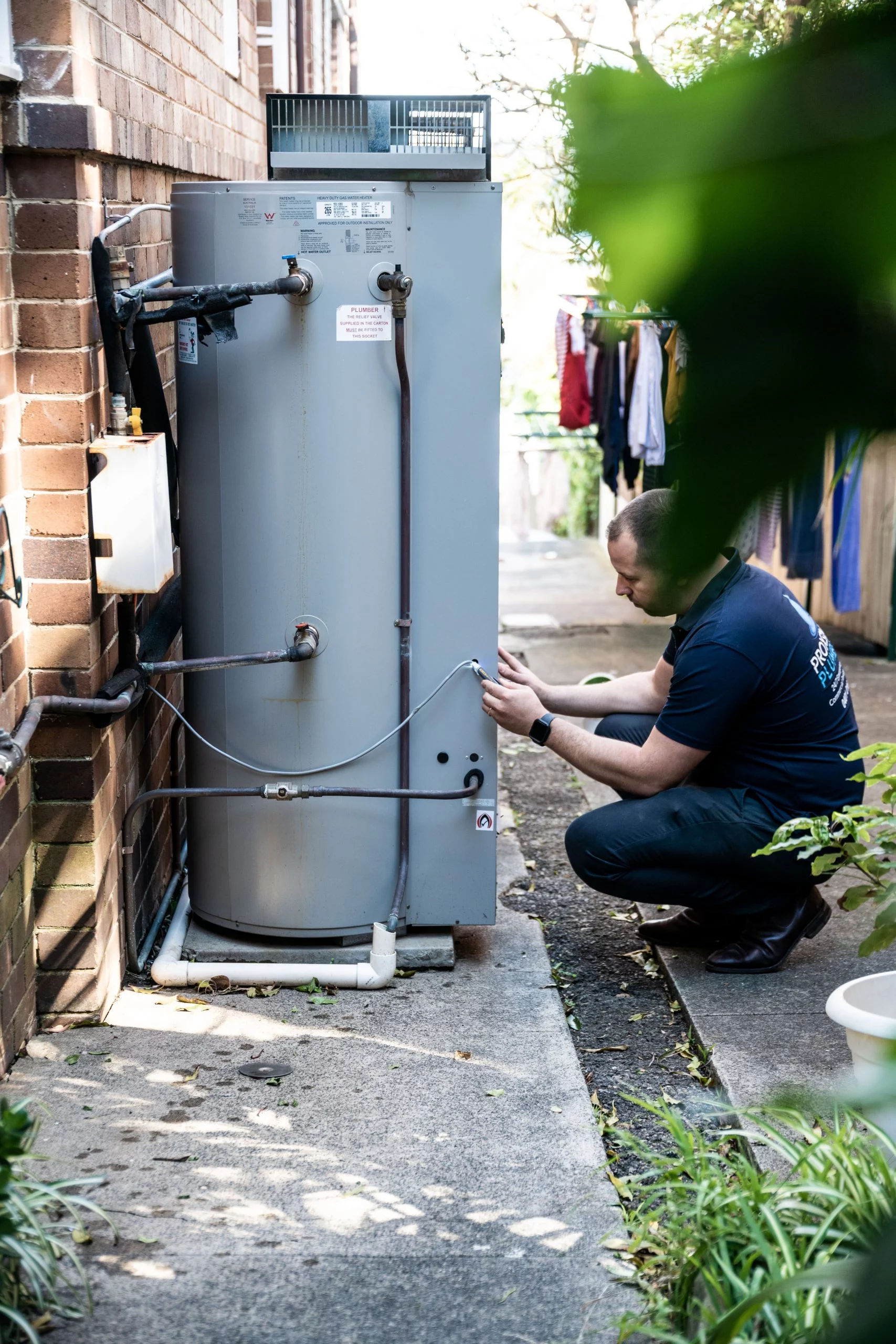The article underneath on the subject of Tips on Maintaining a Water Heater is quite attention-grabbing. Have a go and draw your own personal assumptions.

Warm water is necessary for everyday comfort, whether it's for a revitalizing shower or cleaning meals. To ensure your warm water system runs successfully and lasts longer, regular upkeep is essential. This article supplies practical pointers and insights on how to preserve your home's hot water system to prevent disturbances and pricey repairs.
Intro
Preserving your home's hot water system could seem daunting, however with a couple of basic actions, you can ensure it runs smoothly for several years to come. This guide covers every little thing from comprehending your warm water system to DIY upkeep tips and understanding when to employ professional assistance.
Importance of Preserving Your Hot Water System
Routine upkeep not only expands the life expectancy of your warm water system but additionally ensures it operates successfully. Ignoring upkeep can lead to reduced performance, greater power costs, and even early failing of the system.
Indicators Your Warm Water System Demands Upkeep
Recognizing when your warm water system needs attention can stop significant issues. Look out for indications such as irregular water temperature level, strange noises from the heating unit, or corroded water.
Understanding Your Hot Water System
Prior to diving right into maintenance jobs, it's handy to understand the basic elements of your warm water system. Commonly, this includes the water heater itself, pipelines, anode rods, and temperature controls.
Regular Monthly Upkeep Tasks
Regular regular monthly checks can aid catch small problems prior to they rise.
Flushing the Water Heater
Purging your hot water heater eliminates debris build-up, improving efficiency and prolonging its life.
Monitoring and Replacing Anode Rods
Anode rods stop rust inside the container. Examining and replacing them when worn is vital.
Evaluating and Readjusting Temperature Level Setups
Readjusting the temperature level setups ensures optimal efficiency and safety and security.
Do It Yourself Tips for Upkeep
You can execute several maintenance tasks yourself to keep your warm water system in leading problem.
Looking for Leakages
Consistently evaluate pipelines and links for leaks, as these can result in water damage and higher bills.
Testing Stress Alleviation Valves
Checking the pressure relief valve ensures it functions correctly and protects against too much pressure buildup.
Insulating Pipelines
Shielding hot water pipelines minimizes warm loss and can save power.
When to Call an Expert
While DIY upkeep is beneficial, some concerns need professional expertise.
Facility Problems Requiring Specialist Assistance
Examples consist of major leakages, electrical problems, or if your hot water heater is regularly underperforming.
Regular Professional Upkeep Advantages
Professional upkeep can include detailed evaluations, tune-ups, and guaranteeing conformity with security standards.
Final thought
Regular upkeep of your home's hot water system is necessary for effectiveness, longevity, and expense financial savings. By complying with these pointers and understanding when to look for expert assistance, you can make certain a trustworthy supply of warm water without unanticipated disruptions.
How to Maintain an Instant Hot Water Heater
- Before tinkering with your hot water heater, make sure that it’s not powered on. You also have to turn off the main circuit breaker and shut off the main gas line to prevent accidents. Also turn off the water valves connected to your unit to prevent water from flowing into and out of the appliance.
- 2. When you’re done, you have to detach the purge valves’ caps. These look like the letter “T†and are situated on either side of the water valves. Doing so will release any pressure that has accumulated inside the valves while at the same time avoid hot water from shooting out and burning your skin.
- 3. When the purge valves’ caps are removed, you have to connect your hosing lines to the valves. Your unit should have come with three hoses but if it didn’t, you can purchase these things from any hardware or home repair shops. You can also get them from retail stores that sell water heating systems. Read the user’s manual and follow it to complete this task properly. When the hosing lines are connected, open the purge port’s valves.
- 4. You should never use harsh chemical cleaners or solutions when cleaning your unit. Make use of white vinegar instead. It should be undiluted and you’ll probably use about 2 gallons.
- 5. Now flush your water heater. This task should probably take about 40 minutes. We can’t give you specific directions for this because the procedure is carried out depending on the type, model and brand of your heater. With that being said, refer to the user’s manual.
- 6. When you’re done draining the unit, you have to turn off the purge port valves again. Remove the hosing lines that you earlier installed on each of the water valves. Put the valve caps (purge port) back in their respective places and be very careful so as not to damage the rubber discs that are found inside these caps.
- 7. Now that everything’s back in place, check your user’s manual again to find out how to reactivate your water heating system.
- 8. Once it is working, turn one of your hot water faucets on just to let air pass through the heater’s water supply pipes. Leave the tap on until water flows smoothly out of it.
https://www.orrplumbing.com/blog/2014/september/how-to-maintain-an-instant-hot-water-heater/

As an avid reader on How to Maintain a Hot Water Heater in a Few Simple Steps, I think sharing that excerpt was a great idea. I beg you take the time to promote this page if you enjoyed it. We appreciate reading our article about How to Maintain Your Water Heater & Prolong its Life.
Book Your Appointment
Comments on “Professional Guidance on Caring for Your Home's Hot Water System”